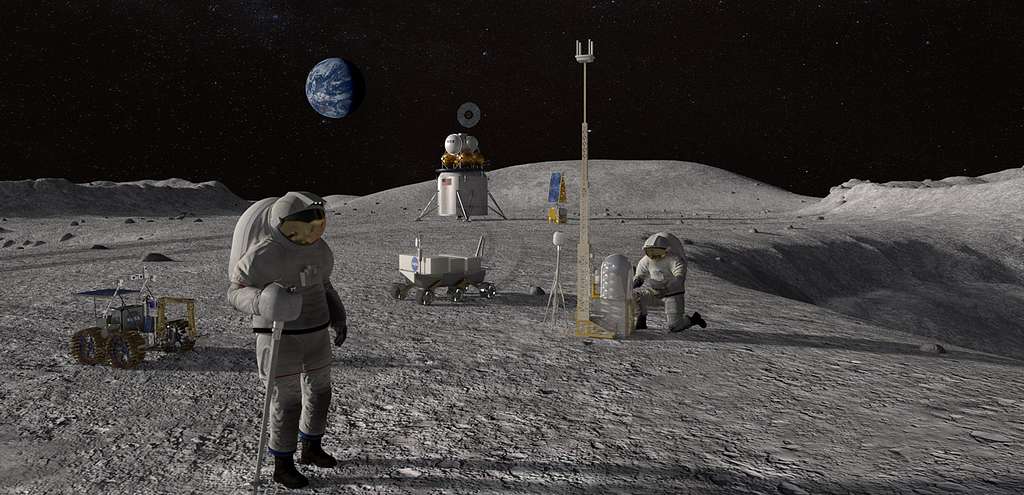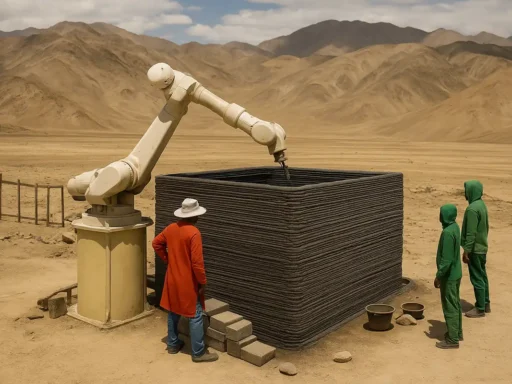In an audacious endeavor that could revolutionize space exploration, NASA envisions the establishment of a lunar colony by the year 2040.
A recent exposé by The New York Times shed light on an innovative strategy that could expedite this ambitious plan: the transformative potential of lunar dust. This abundant resource on the moon’s surface could provide the foundation for constructing genuine habitats through a specialized 3D printing process.
Dr. Leroy Chiao, an esteemed former NASA astronaut, engaged in a candid dialogue with “NewsNation Now” to delineate the complexities entailed in launching a lunar settlement.
“Foremost, the embryonic phase of lunar colonization would be heavily reliant on a robust supply conduit originating from Earth,” said Chiao.
While acknowledging the game-changing capabilities of emerging technologies in easing the colonization of the moon and beyond, Dr. Chiao expresses a tempered outlook regarding imminent breakthroughs.
“The realm of space exploration has been abuzz with myriad propositions and even preliminary experimentations. Nonetheless, actualizing these pioneering ventures on a grand scale remains an aspiration on the horizon,” he observed.
As the prospect of a moon colony draws attention worldwide, the integration of 3D printing using lunar material heralds a new epoch in space habitation strategies. With the clock ticking towards 2040, the scientific community, spearheaded by NASA, grapples with bridging the chasm between current capabilities and the vastness of outer space ambitions.





